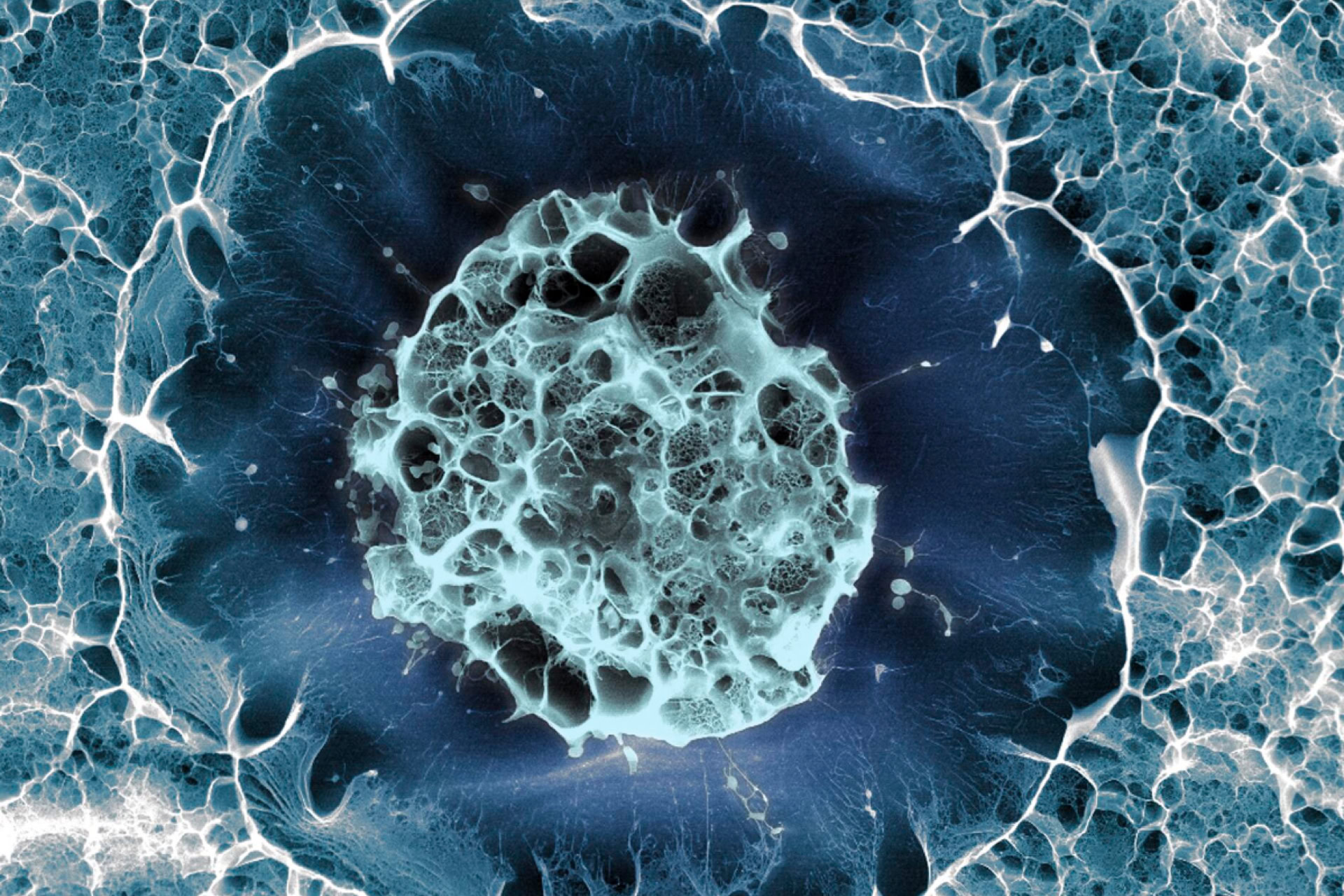The exit of stem cells from hair follicle structures contributes to hair whitening and loss, in a mechanism which could be used to prevent baldness in humans.
Professor Rui Yi and his colleagues at Northwestern University, Illinois, found that in the hair of ageing mice, stem cells change shape and escape the structures they are housed in, subsequently migrating away from the hair follicle. The team also identified two genes, FOXC1 and NFATC1, responsible for trapping the stem cells in the hair follicle structure. These genes are less active in older cells, allowing the stem cells to escape.
The hair follicle stem cells were observed to change shape, allowing them to squeeze out of tiny holes in the follicle structure. 'If I did not see it for myself I would not have believed it,' said Professor Li, who led the study, 'it’s almost crazy in my mind.' After exiting, they return to their normal, more rounded, shape, and migrate away from the structure, before disappearing, perhaps engulfed by the immune system.
The paper, published in Nature Ageing, explains how researchers observed the escape and migration of stem cells in individual strands of hair, and then identified two genes regulating cell movement in less aged hair follicles. When mice lacking these genes were bred, they showed accelerated ageing, losing hair at four to five months old, with sparse, grey fur remaining at 16 months. The discovery of FOXC1 and NFATC1's significance in hair ageing could lead to potential anti-hair loss treatment in human patients, by preventing stem cell escape from hair follicles.
Until now, it was thought hair whitening and loss was caused by stem cell death, but Professor Yi and his team have suggested a different mechanism. Dr Charles Kwok Fai Chan, a stem cell researcher at Stanford University, California, called the paper 'very important,' adding that 'in science, everything about ageing seems so complicated we don't know where to start.'



Leave a Reply
You must be logged in to post a comment.